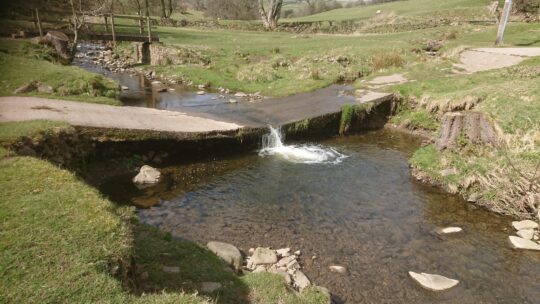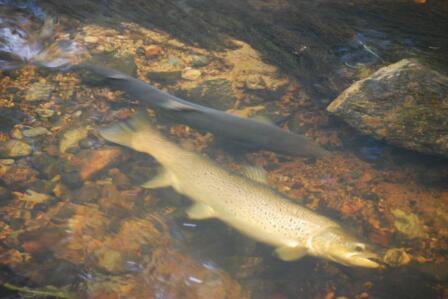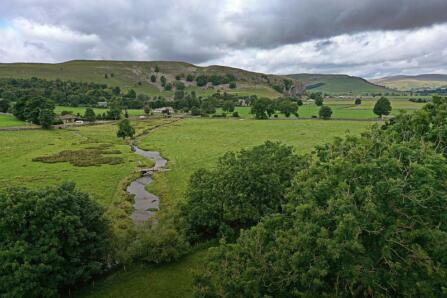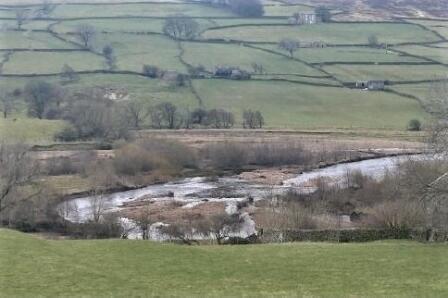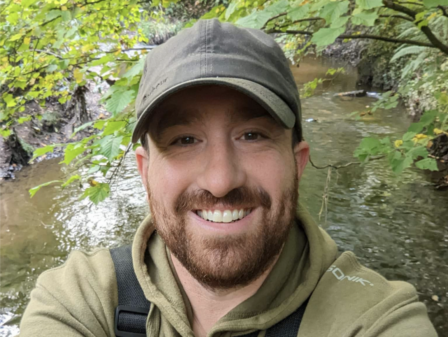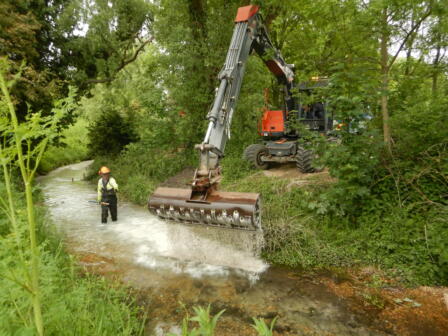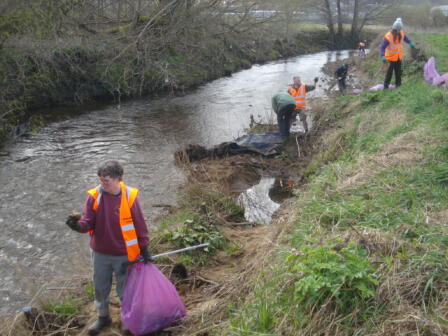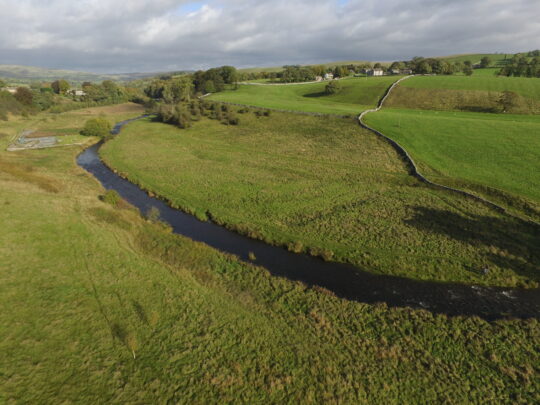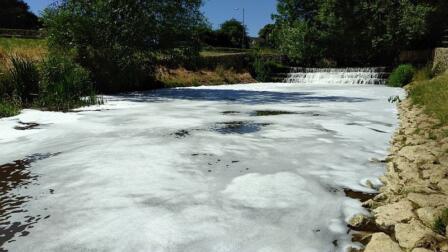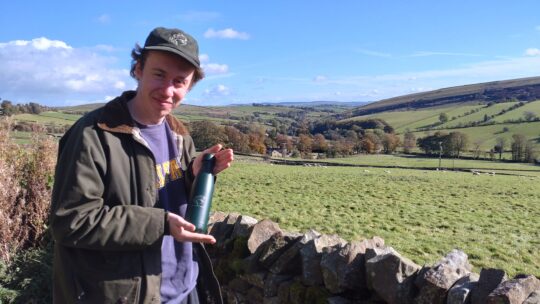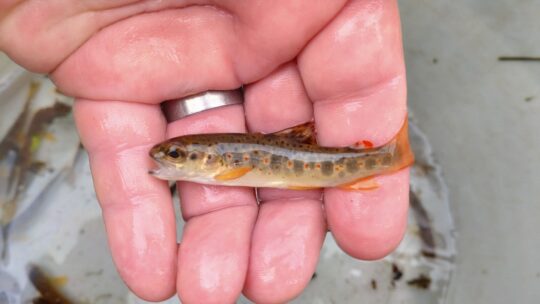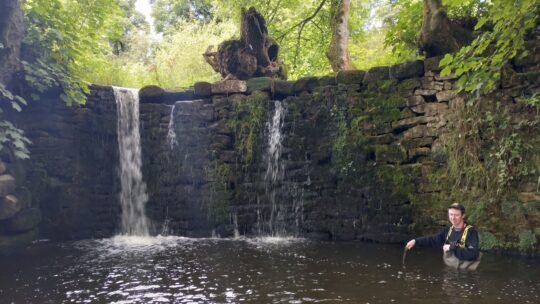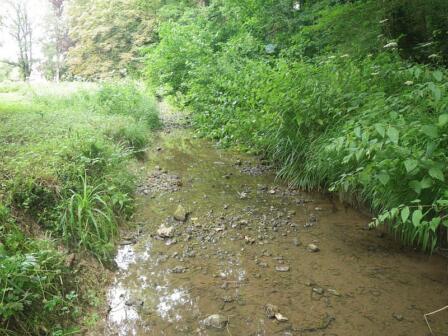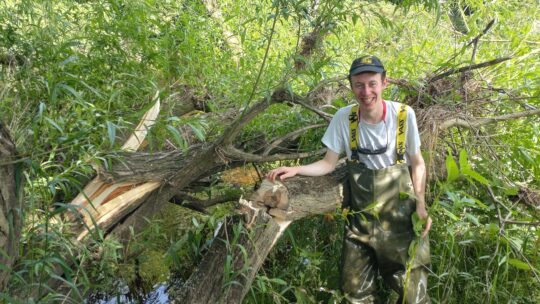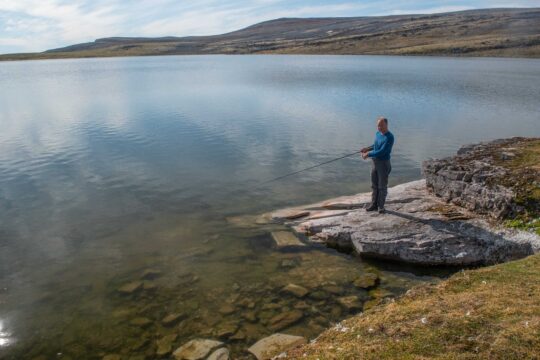WTT Director Shaun Leonard and Conservation Officer Andy Thomas share their thoughts on the impact of the drought on trout populations
The recent hot weather, hard on the heels of exceptionally dry weather, has resulted in many of our rivers, streams and natural lakes suffering very badly. For many areas and particularly in the chalk streams which usually have stable flows and cool water temperatures, last winter’s lower than average rainfall has been compounded by a bone-dry spring and summer, with the double whammy of record high temperatures. Many of the rivers of the UK and Ireland, if they’re still flowing, will currently have water close to 200C, tough conditions for any fish but especially for cool water trout, salmon and grayling.
